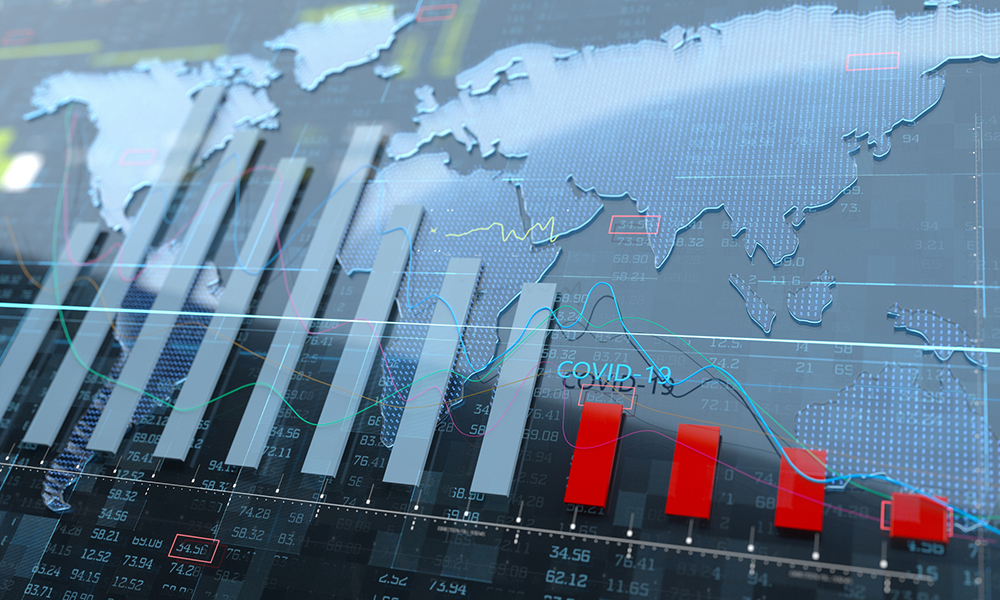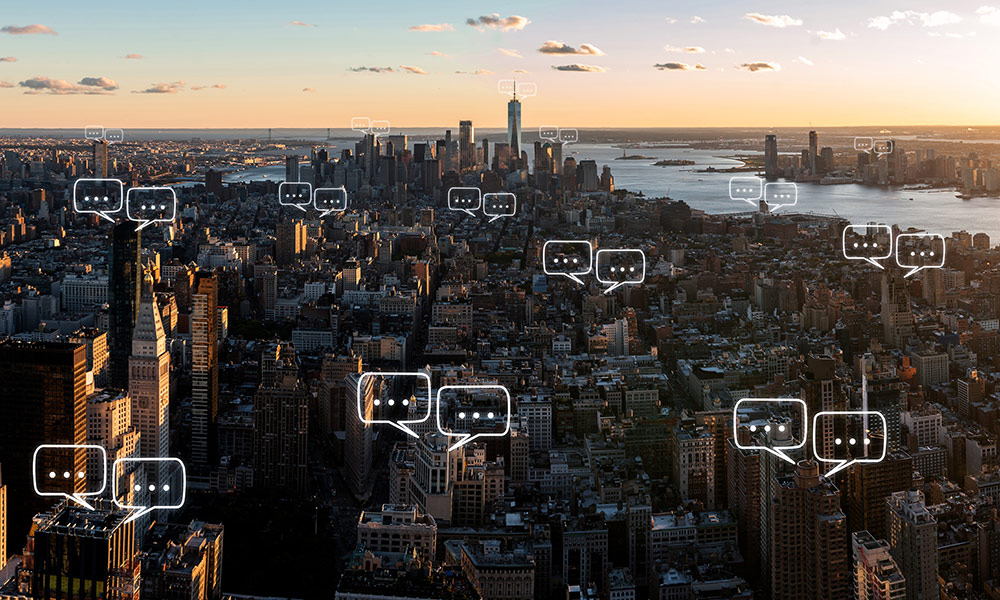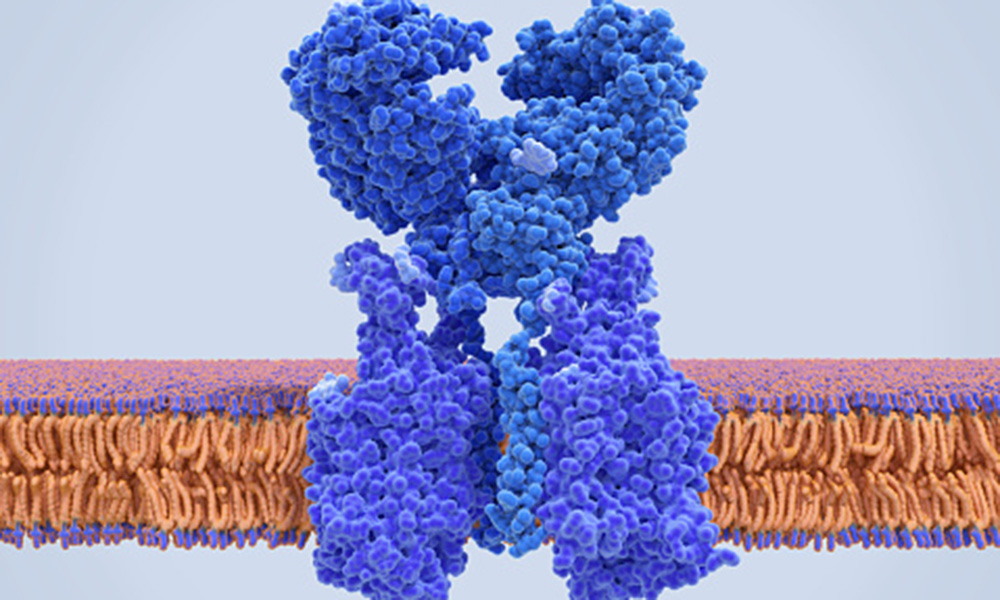About John Barry
John Barry studied in the graduate program in history at the University of Rochester. He went on to work as a football coach and then as a journalist in Washington, DC, covering economics and national politics. He’s now adjunct faculty at Tulane University’s School of Public Health and Tropical Medicine and the author of books including The Great Influenza: The Epic Story of the Deadliest Plague in History, The Rising Tide: The Great Mississippi Flood of 1927 and How It Changed America, and Roger Williams and the Creation of the American Soul: Church, State, and the Birth of Liberty.
When the novel coronavirus went from epidemic to pandemic early this year, John Barry ’69 (MA) found himself in rather familiar territory. Barry is the author of The Great Influenza: The Epic Story of the Deadliest Plague in History. When the book was first published, in 2004, the National Academy of Sciences named it the outstanding book of the year on science and medicine. In 2020, Barry’s book has returned to bestseller status.
In The Great Influenza, he considers what became known as the Spanish flu—so called because the press in Spain, which stayed neutral in World War I, had not clamped down on coverage in the name of morale—from a broad range of angles: scientists’ quest to understand a new pathogen, officials’ efforts (or lack thereof) to contain the spread of infection, and communities’ and families’ horrifying experiences of a disease so contagious and lethal that it infected about a quarter of the US population and killed between 50 and 100 million people around the world, the equivalent of 220 to 440 million today.
Anchoring The Great Influenza is Barry’s consideration of leadership, science, and society. Trust, he argues, is crucial, because without trust in information people have no reliable knowledge of what is happening. In 1918, when leaders gave wartime morale priority over public health communication, terror overran society, so much so that some flu victims starved to death because others were too frightened to bring them food.
The fundamental lesson of the 1918 pandemic, Barry writes, is this: “Those in authority must retain the public’s trust. The way to do that is to distort nothing, to put the best face on nothing, to try to manipulate no one.”
Barry’s expertise drew him into public policy. In the year The Great Influenza was published, he began to collaborate with federal government entities and the National Academies on influenza preparedness and response. He was part of the original group that developed plans for public health measures in a pandemic before a vaccine is developed, and he contributed to pandemic preparedness and response efforts during the administrations of Presidents George W. Bush and Barack Obama.
This conversation has been edited and condensed.
What are some of the important similarities between the 1918 flu virus and COVID-19?
They’re both animal viruses that jumped to humans. So, they’re novel for the given population. The mode of transmission is identical: primarily droplets, some airborne, maybe some fomite [transmission from contact with objects]—nobody knows how much.
Number three, they’re both primarily respiratory viruses.
Number four is less well known, and that is that the 1918 virus infected practically every organ, much like COVID-19. There were notable neurological impacts and cardiovascular events—they were very common. It’s been noted that even the testes can be affected. That was true in 1918 as well. That’s very unusual and certainly not the case for other influenza viruses.
What are the differences?
It’s hard to say what’s most important, but I guess the most important one is a different target demographic. In 1918, roughly 95 percent of the excess mortality was people under 65. Of course, that’s the opposite with COVID.
And number two is duration. This virus moves much more slowly than influenza, whether it’s the incubation period, how long you shed virus, or how long you’re sick.
It has put vastly more stress on the economy because of the duration. We tried to interrupt transmission and save people’s lives, which I think was the right thing to do. But it certainly caused an increase in economic stress.
The most obvious difference is virulence—the rapidity of the virus’s spread and its severity. In 1918, it was many times more virulent.
You stress in the book that good science “exists on the frontier”—and uncertainty is a necessary part of that. What impact does uncertainty have on our public health response?
As a general rule, public health is pretty easy compared to the hard science. In the present case, obviously, the reversal on mask usage caused a lot of confusion, though I think right now there’s pretty widespread acceptance.
Normally, public health is not a frontier. You may refine your methods—and in this case, the main method has always been there. Social distancing is more important than anything else.
In the 1918 pandemic, fear was rampant. What does pervasive fear do to a society? Do you see that kind of fear at work in the present situation?
There was a lot more reason to be afraid in 1918. People saw death all around them—and in many cases, horrible deaths. There is fear out here now, but it’s not, in most cases, the same intensity.
I think fear is pretty clearly a much more important and driving motive—much more effective, let’s say—in getting people to act than the idea that you ought to protect some stranger you cross paths with somewhere.
So in terms of getting people to comply with the [public health] advice, I think if people are deeply concerned that they themselves are vulnerable and could be killed, that’s much more powerful than worrying, well, you know, maybe this person I’m having a drink with might go home and infect their grandmother—maybe.
You conclude the book, written in 2004, with the warning that in future pandemics, authorities must maintain the public’s trust. What do you think when you look at what’s happened in 2020?
A lot of countries did the right thing. They were extremely transparent. In those early meetings about nonpharmaceutical interventions [in the advisory groups that Barry joined in 2004], my message was to always tell the truth. And I didn’t get a lot of pushback. Every now and then somebody would say, “Well, we don’t really want to scare people.” Yeah, you do, actually. You don’t want to use fear as a tool, but you want them to be able to judge the risk themselves, truthfully. And to understand the risk. And be honest. And a lot of countries have done that—not because they read my book, but because it’s pretty clearly the best thing to do, whether it’s South Korea or Singapore or Germany or Austria or New Zealand. A lot of countries were totally transparent and have been pretty effective in containing the virus.
And as you know, the US is pretty close to dead last in the developed world in containing the virus.
There’s little trace of the 1918 flu pandemic in the culture at large. Why do you think that is? Any predictions about how the current crisis will be represented in the future—or if it will be?
I’ve never been able to come up with a good explanation as to why there’s so little written about the 1918 pandemic. There was quite a bit of pulp fiction written in the 1920s. I didn’t know that myself until somebody else who was interviewing me said they collected it. But not serious fiction. There were only a tiny handful [of writers who addressed it], such as William Maxwell and Katherine Anne Porter. John Dos Passos is one of my favorite writers. He got influenza on a troop ship, one of the worst places to get it, and he wrote about two lines in his entire body of work.
When I first started researching this book, which was quite a while ago now, I had an aunt who was then in her 90s. And when I mentioned it to her, she grabbed her chest and said, “Oh! It was the only time I saw my father cry.” It certainly was burned into her consciousness. And whenever I mentioned it to somebody old enough to have lived through it, I got a similar response. They certainly didn’t forget it, but why it didn’t register in our literature to a greater degree, I don’t know. I mean, it was brief—you’re talking about a period of weeks. It also occurred simultaneously with the war. But I have no good explanation.
As far as this pandemic, yes, I think there’s a very good chance that this will be a defining event for a generation, depending upon the effectiveness and speed with which we get a vaccine.
What worries you most as you look ahead?
In April, I said I didn’t expect summer to provide relief. I said I expected something akin to ocean swells rather than waves, depending on how we came out of various phases. I also said that there is a danger of a storm surge. It’s relatively easy at this point to predict the behavior of the virus, but you cannot predict human behavior. And you can’t predict the weather. If we have a really mild fall and people tend to be outside a lot, deep into the fall, that will have some impact on transmission. If the weather is rotten and people are forced inside earlier, that’s something else again.
The key is really behavior. And what worries me most is the real possibility of that storm surge.
And there’s still so much we don’t know about the virus, such as its long-term impact. We know a significant percentage of those who get sick show some kind of heart damage. Is that permanent? Does it heal? Even people who have no symptoms whatsoever on X-ray show what’s referred to as “ground glass opacity” in the lung. What is that damage? What does that mean long term?
The virus certainly affects blood vessels. What does that mean in terms of stroke and other cardiovascular problems years from now? In 1918, there were complications that didn’t surface at all until the 1920s. So, we just don’t know.
Read more
 What will it take to restore the economy after COVID-19?
What will it take to restore the economy after COVID-19?Narayana Kocherlakota, the Lionel W. McKenzie Professor of Economics, says the prospects for economic recovery depend on how effectively we can combat COVID-19.
 Study: Twitter mirrors our attitudes and feelings about COVID-19
Study: Twitter mirrors our attitudes and feelings about COVID-19 Themes of anxiety, depression, and fear of shortages emerge as Rochester researchers continue to mine social media as a reflection of the United States “in the moment.”
 Rochester biologists selected for ‘rapid research’ on COVID-19
Rochester biologists selected for ‘rapid research’ on COVID-19Rochester biologists are exploring how coronavirus interacts with cellular proteins to cause COVID-19 under a priority NSF program.




